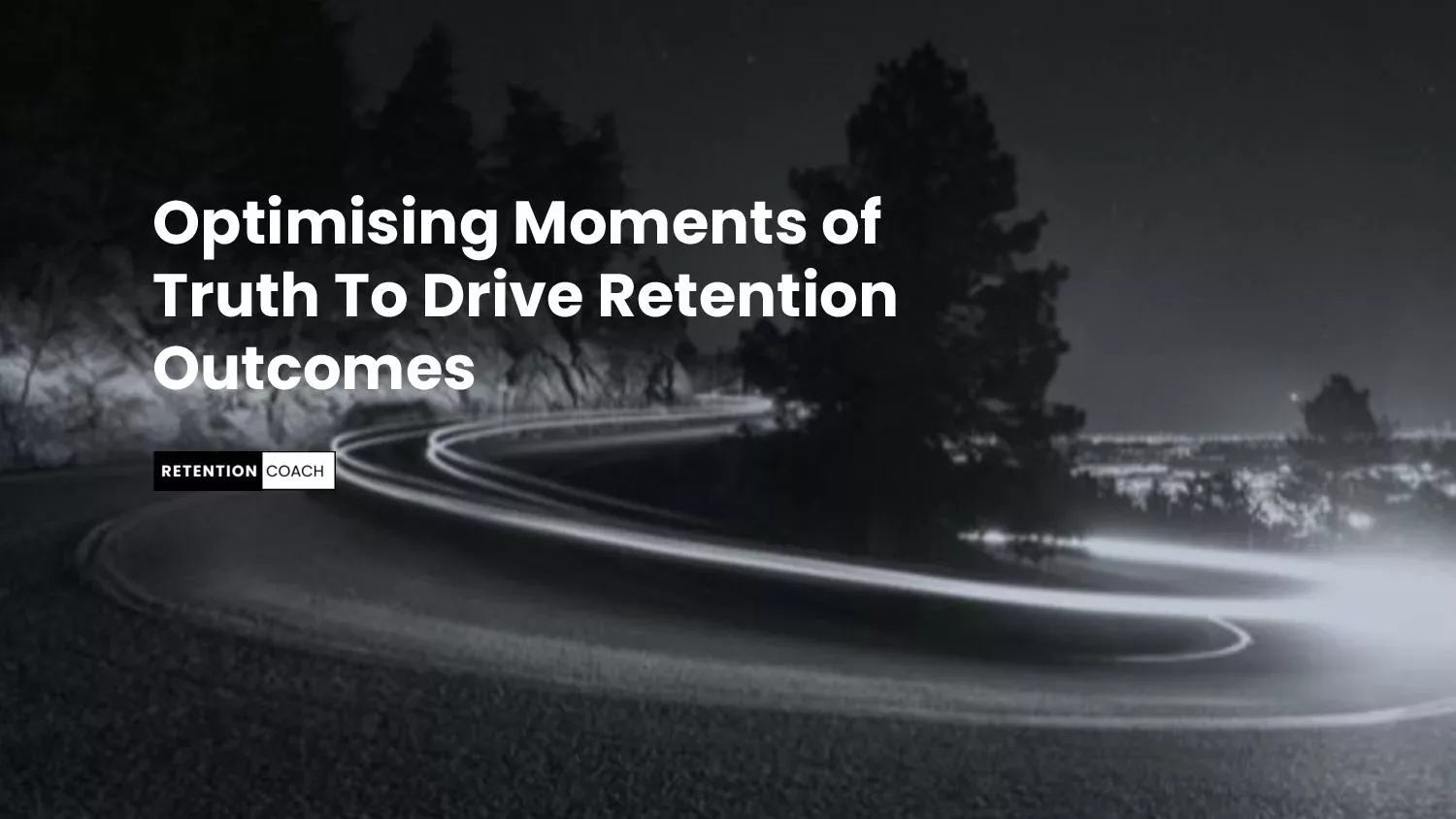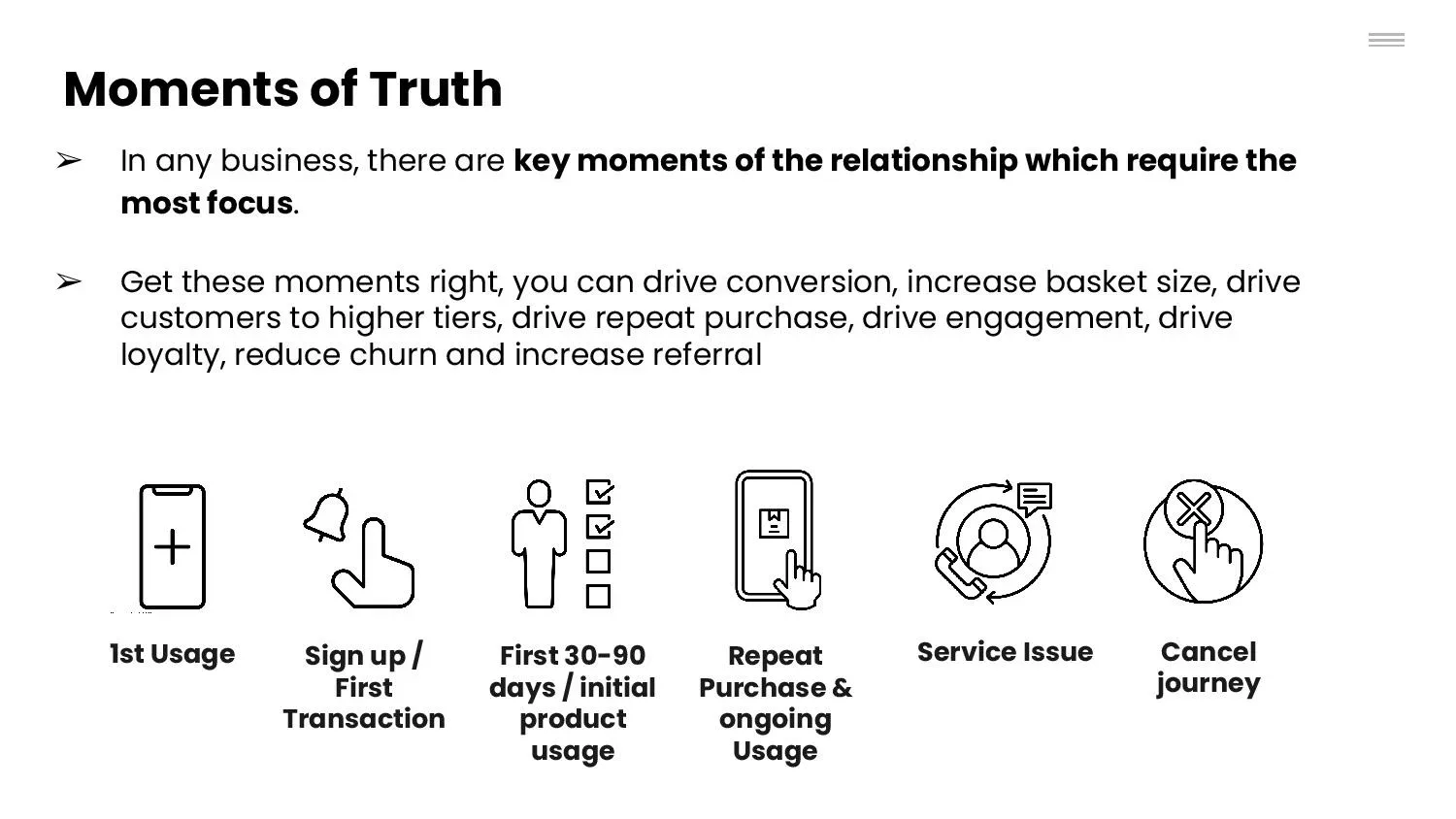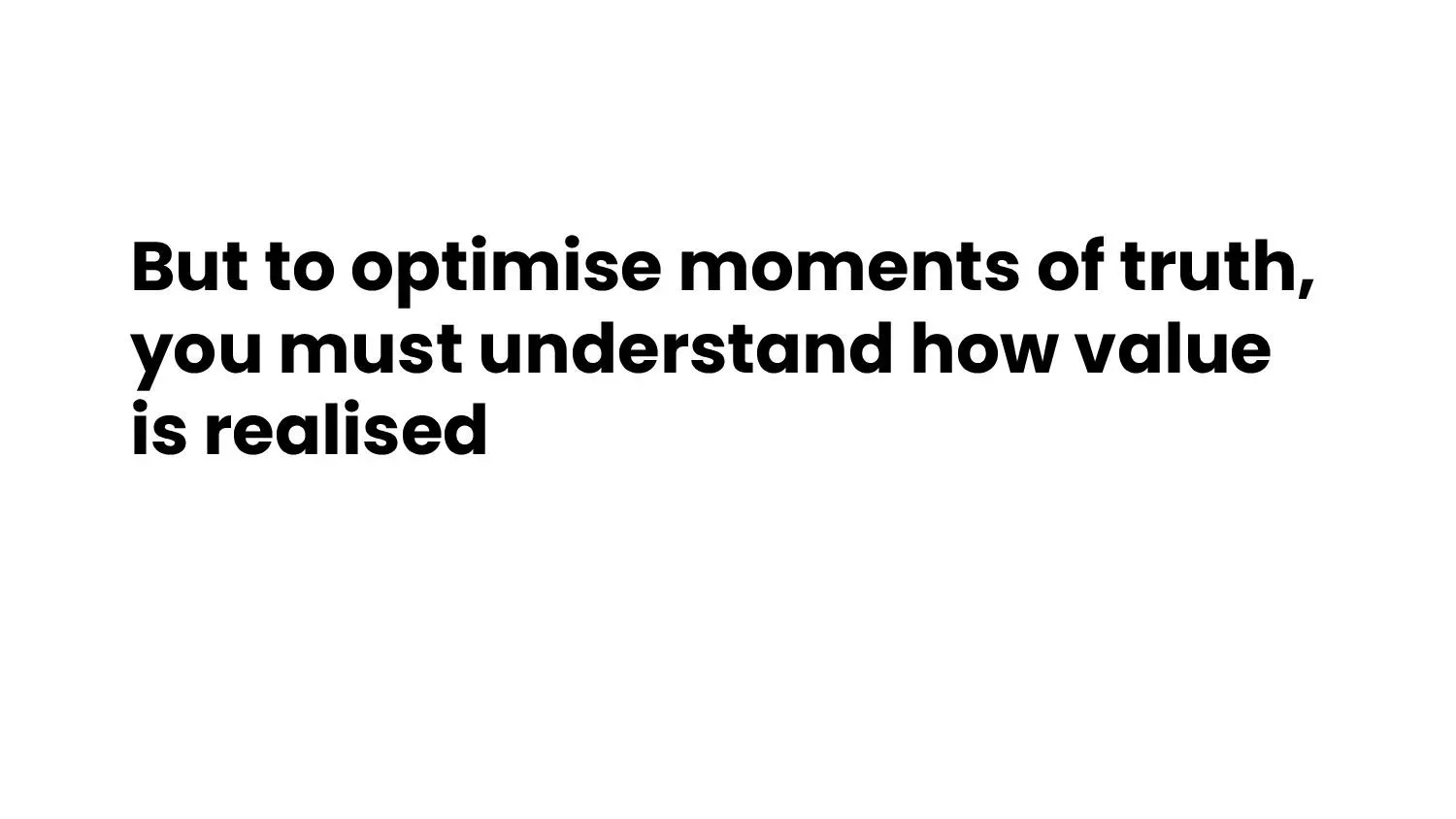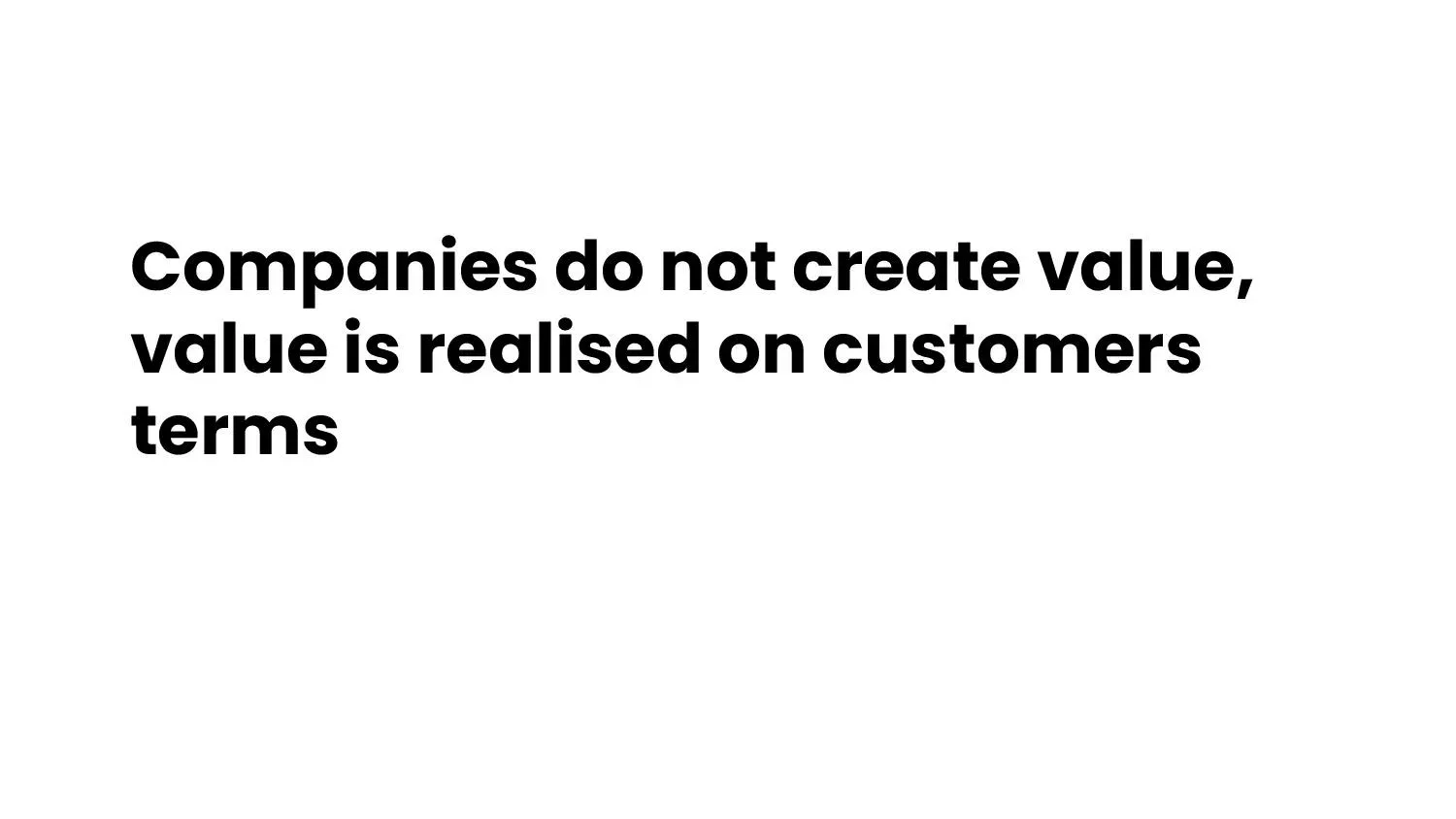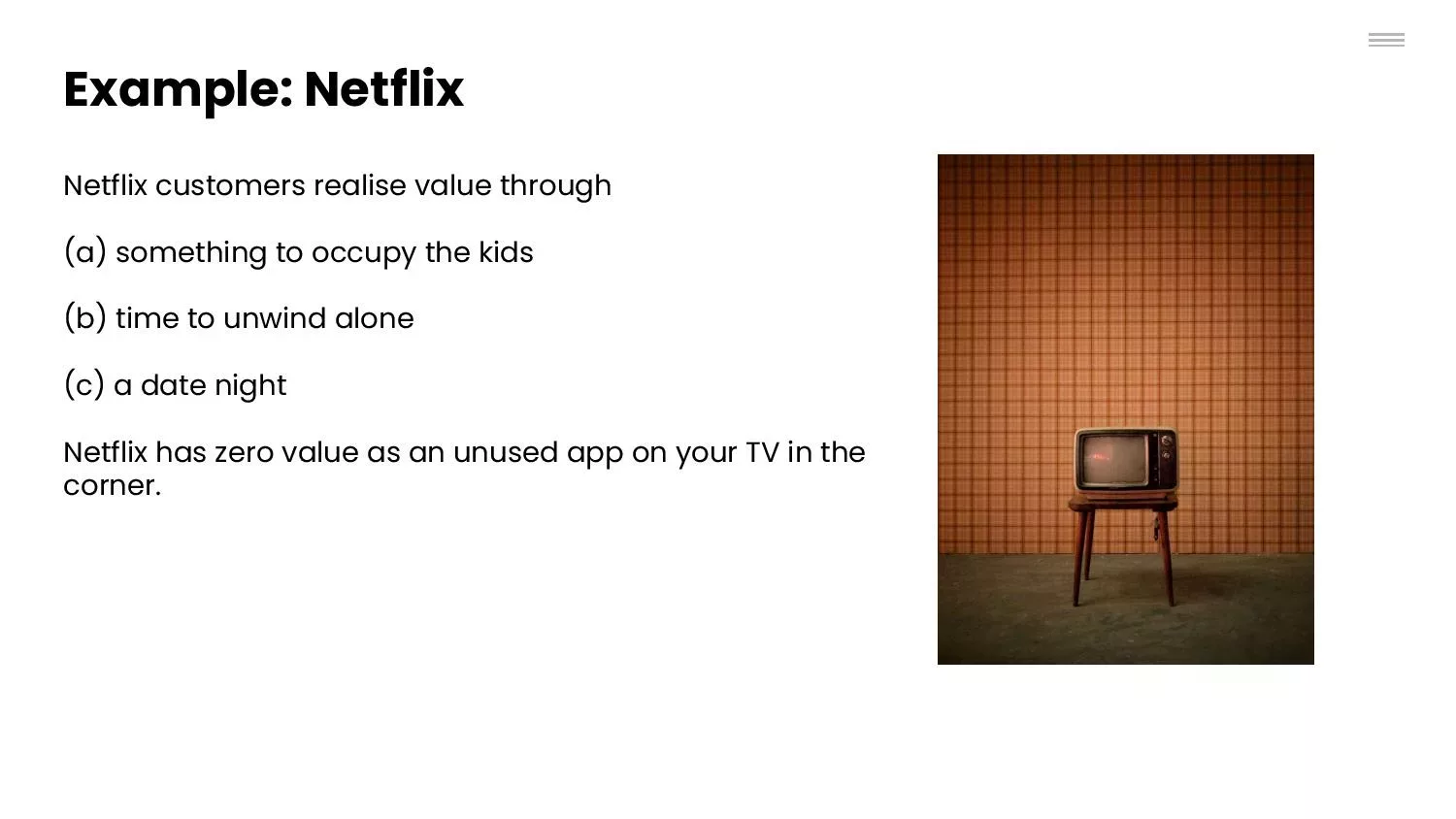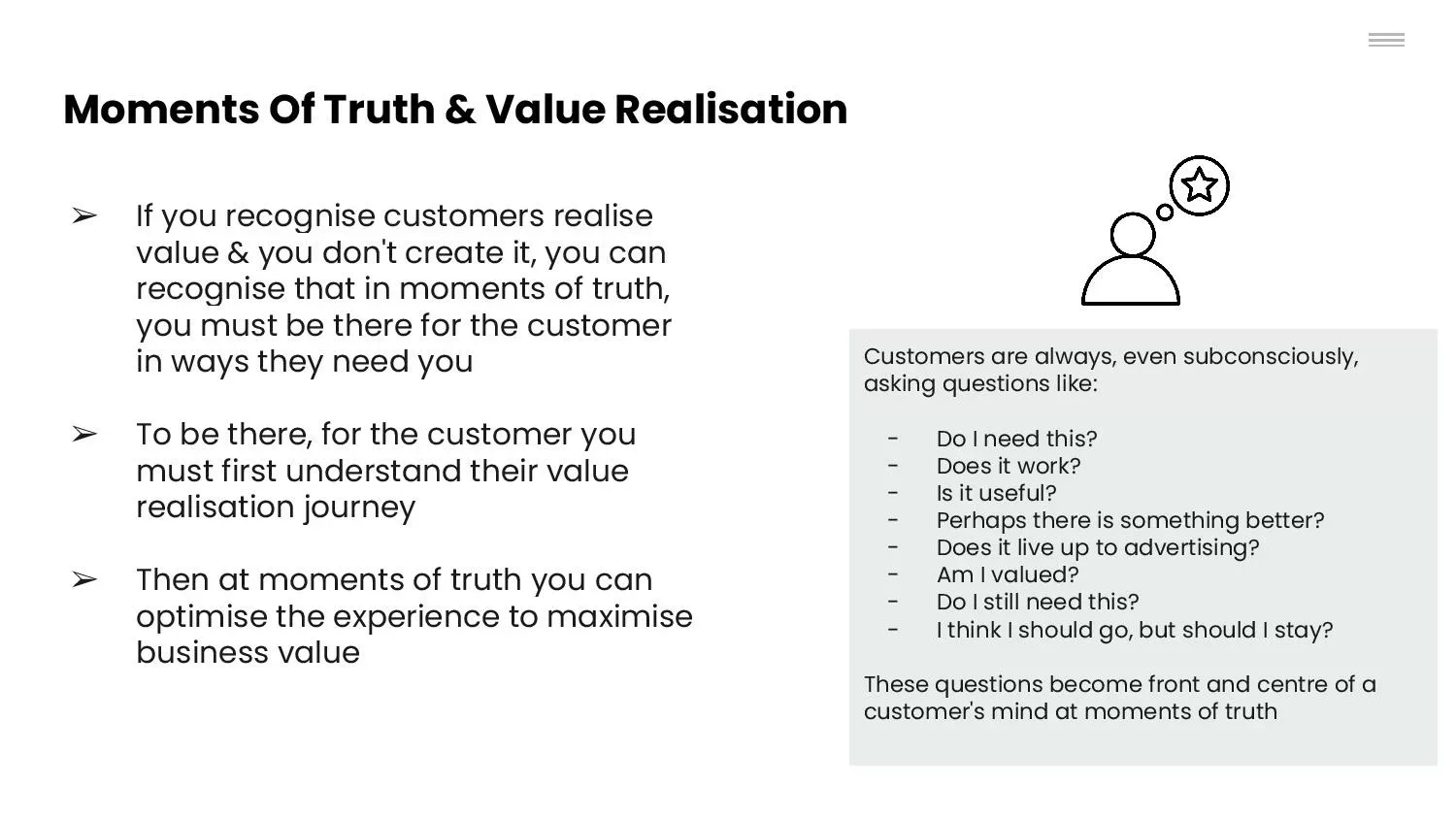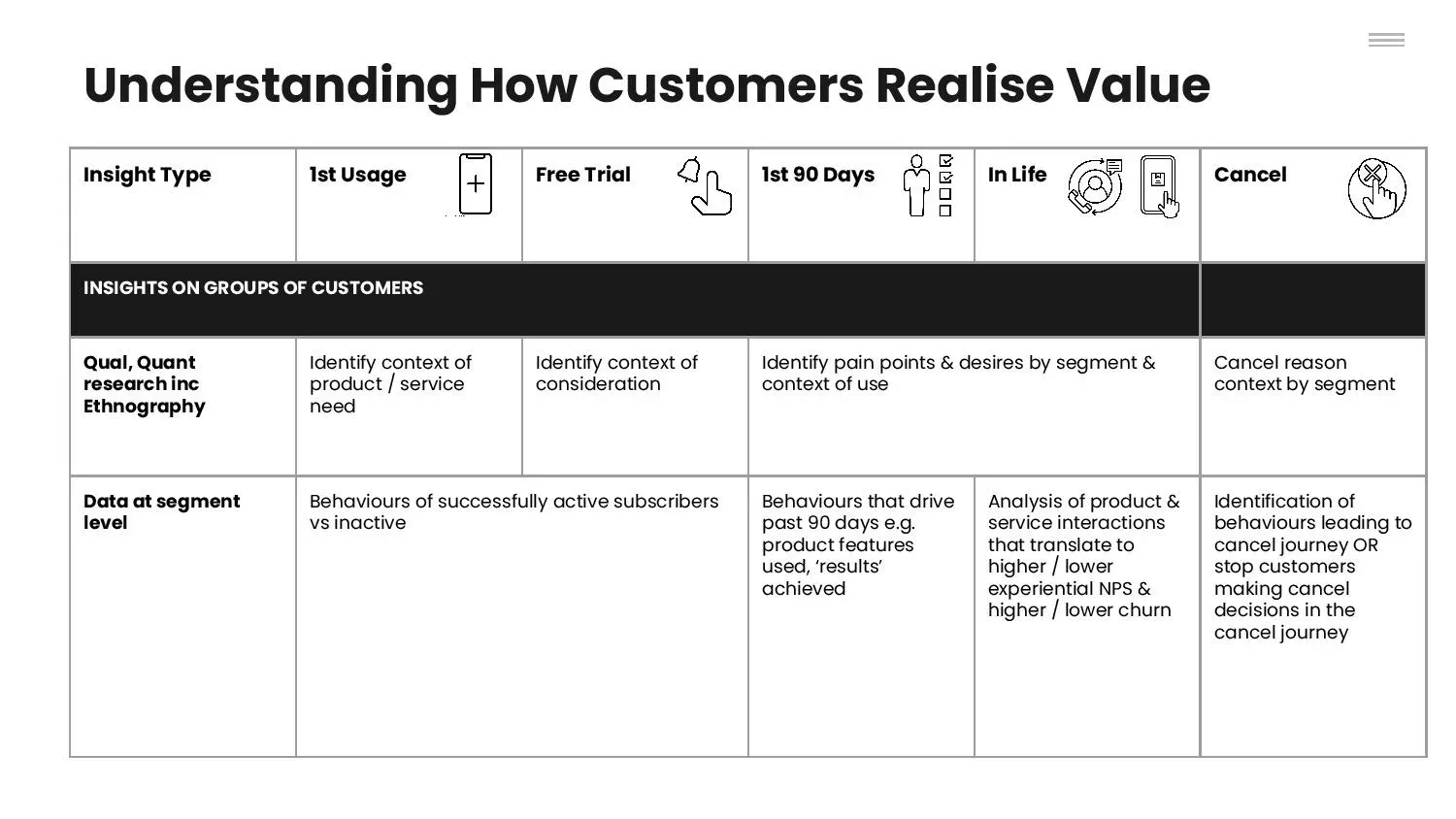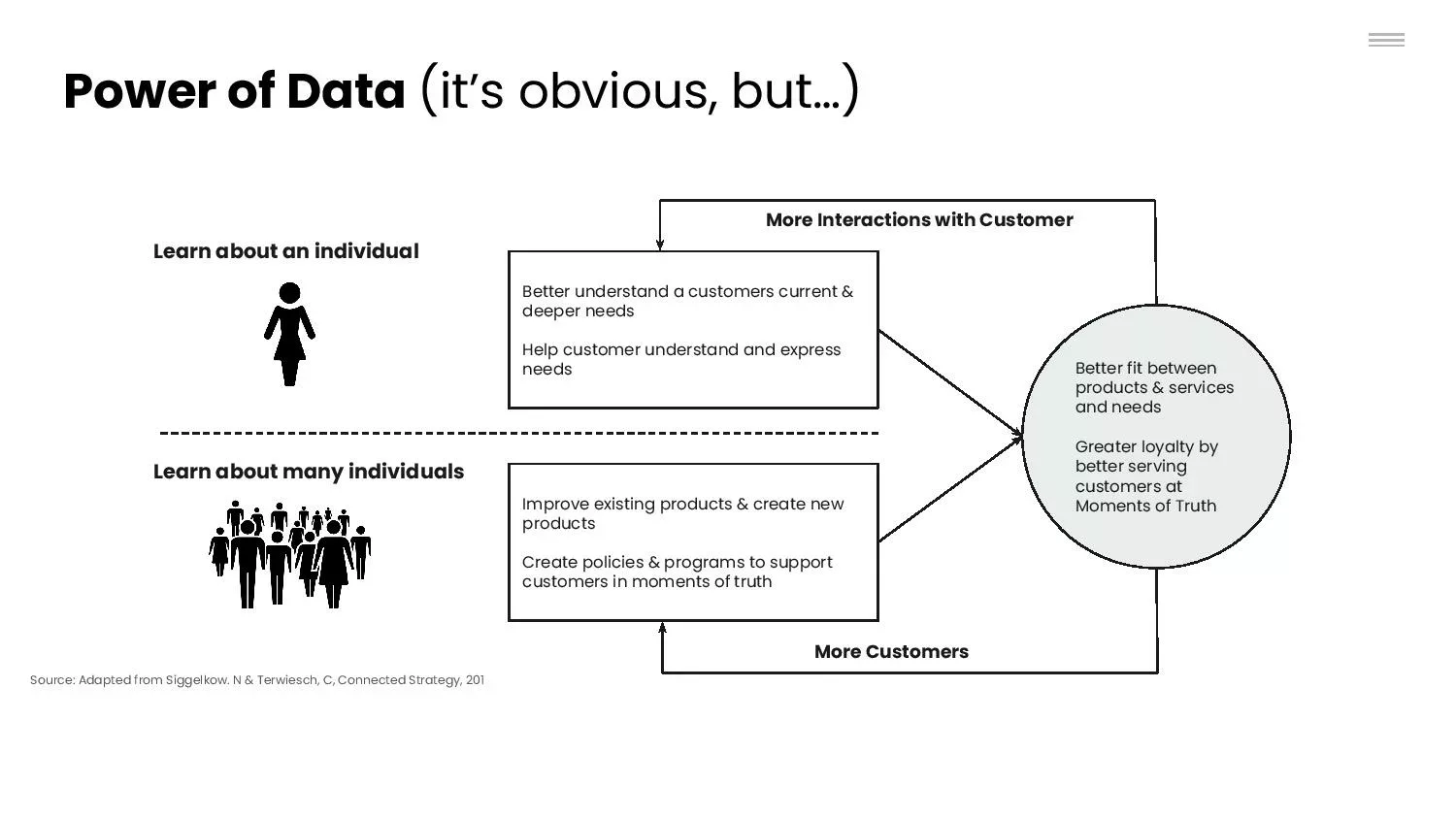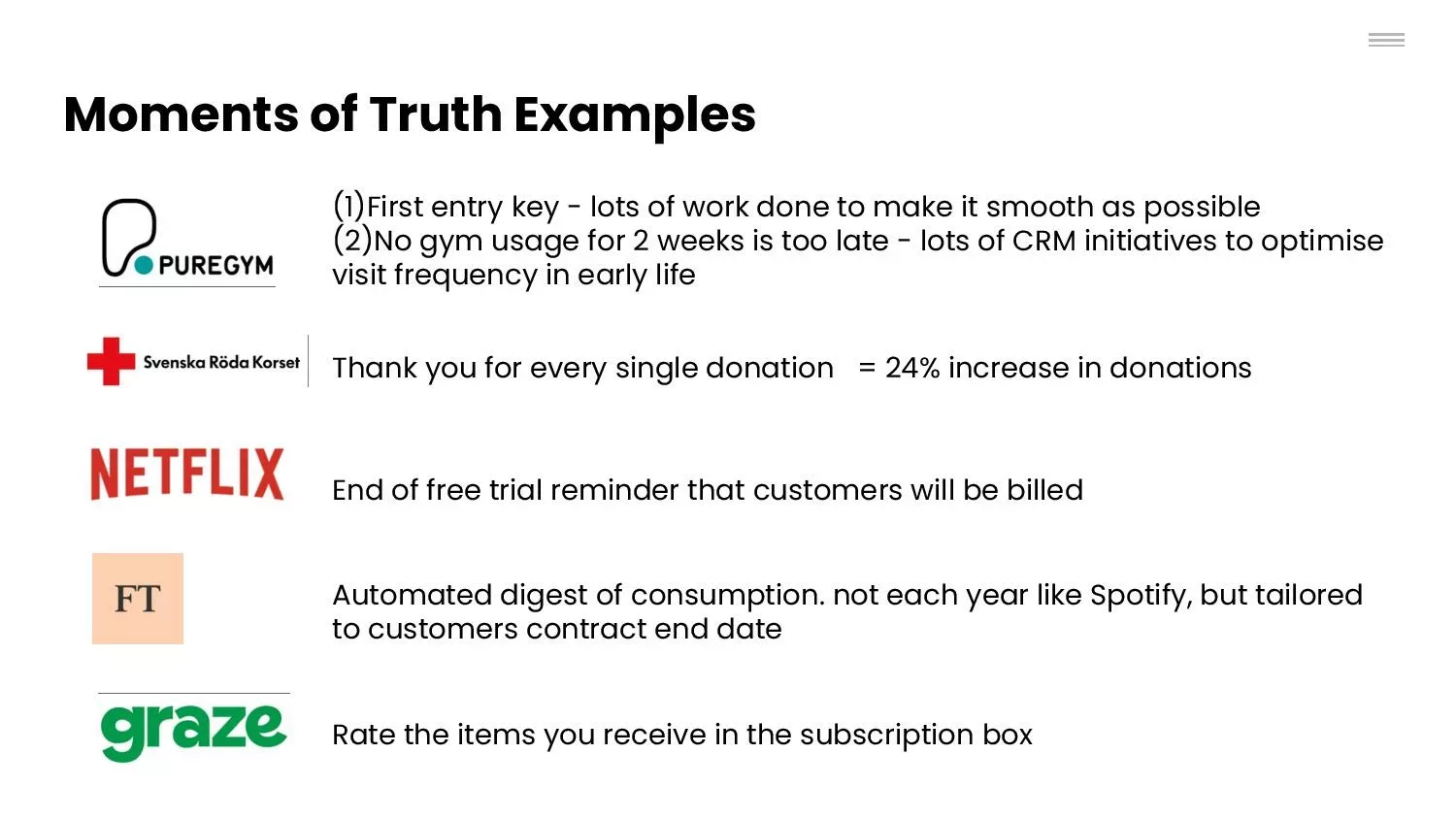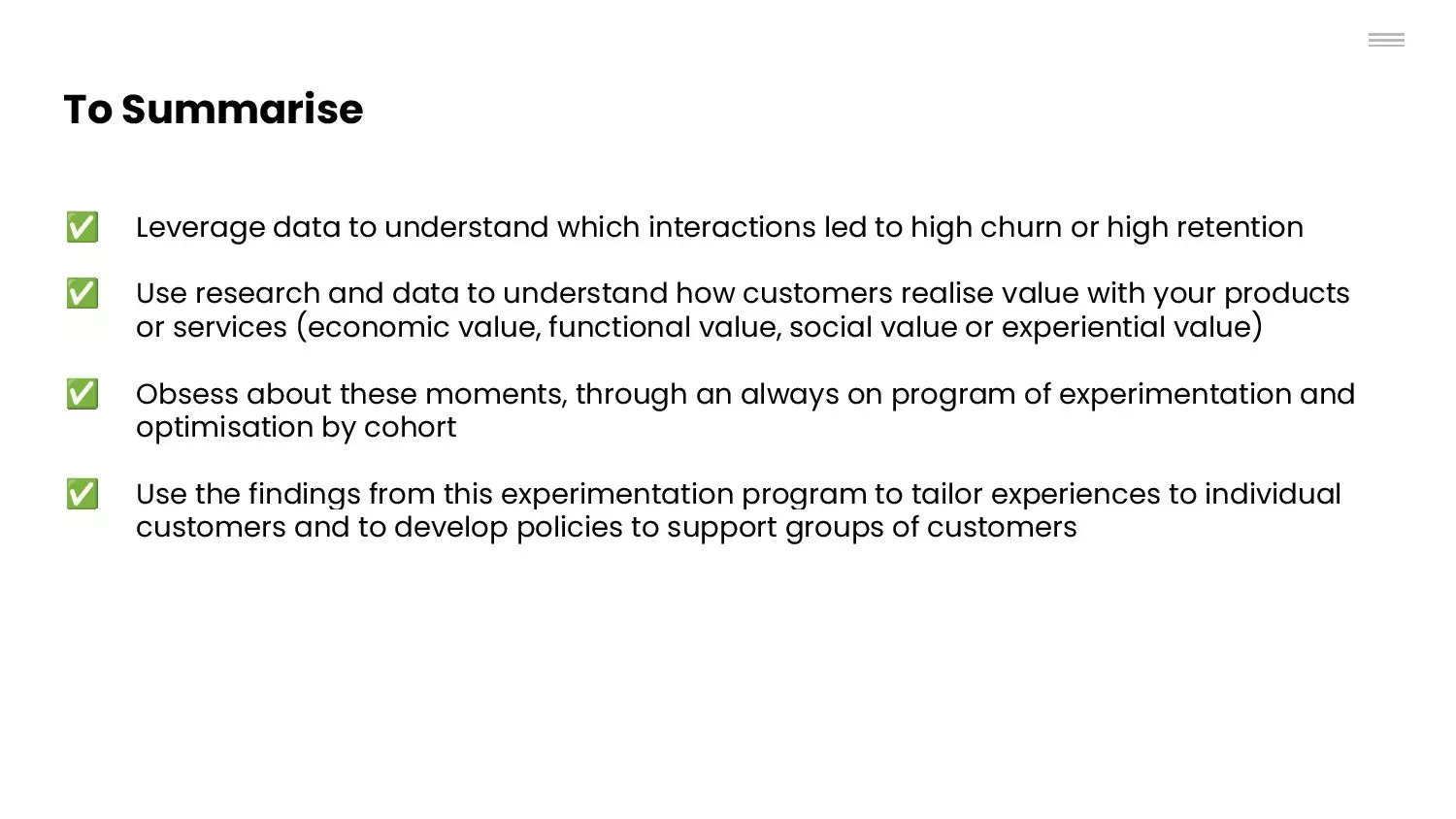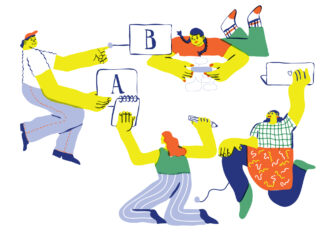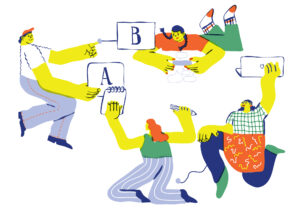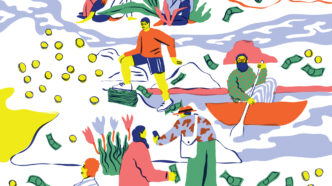
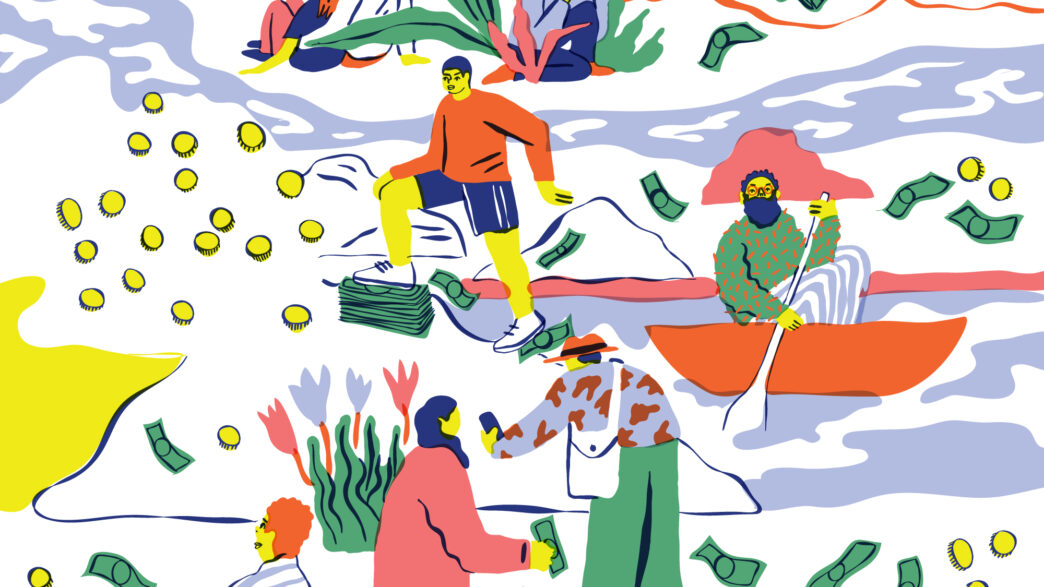
This is an extract of an article published in Tom Burrell’s Retention Blueprint Newsletter. The Retention Blueprint' is a free, retention-focused digest delivered straight to your inbox every Friday, providing you with the insights you need to drive retention-led growth.
In Subscription Businesses, Retention Is Crucial to Growth
The Problem – Lack of Focus
While working within and consulting to subscription brands, one of the key challenges I have observed is a real lack of understanding of where to focus retention efforts. There can be a desire to optimize all customer interactions and this would be fine with infinite resources, but I have never encountered an organization that has infinite resources. So what ultimately transpires is a very haphazard approach to customer retention efforts, with teams often differing to HIPPO syndrome (the highest paid person’s opinion).
Where to Focus Customer Retention Efforts
There are two key aspects to focus:
- Focusing on the right customers
- Focussing on the right moments
Focusing on the right customers is about leveraging customer lifetime value to prioritise your retention efforts. This is the subject for another post.
In this post, we will explore how to focus on the right moments.
Focussing On The Right Moments
In any subscription business, there are key moments in the relationship; the first 90 days, or in life when usage drops, an important service issue, the cancel journey – these are all often key moments of truth which require the most focus. Other aspects of the experience matter much less.
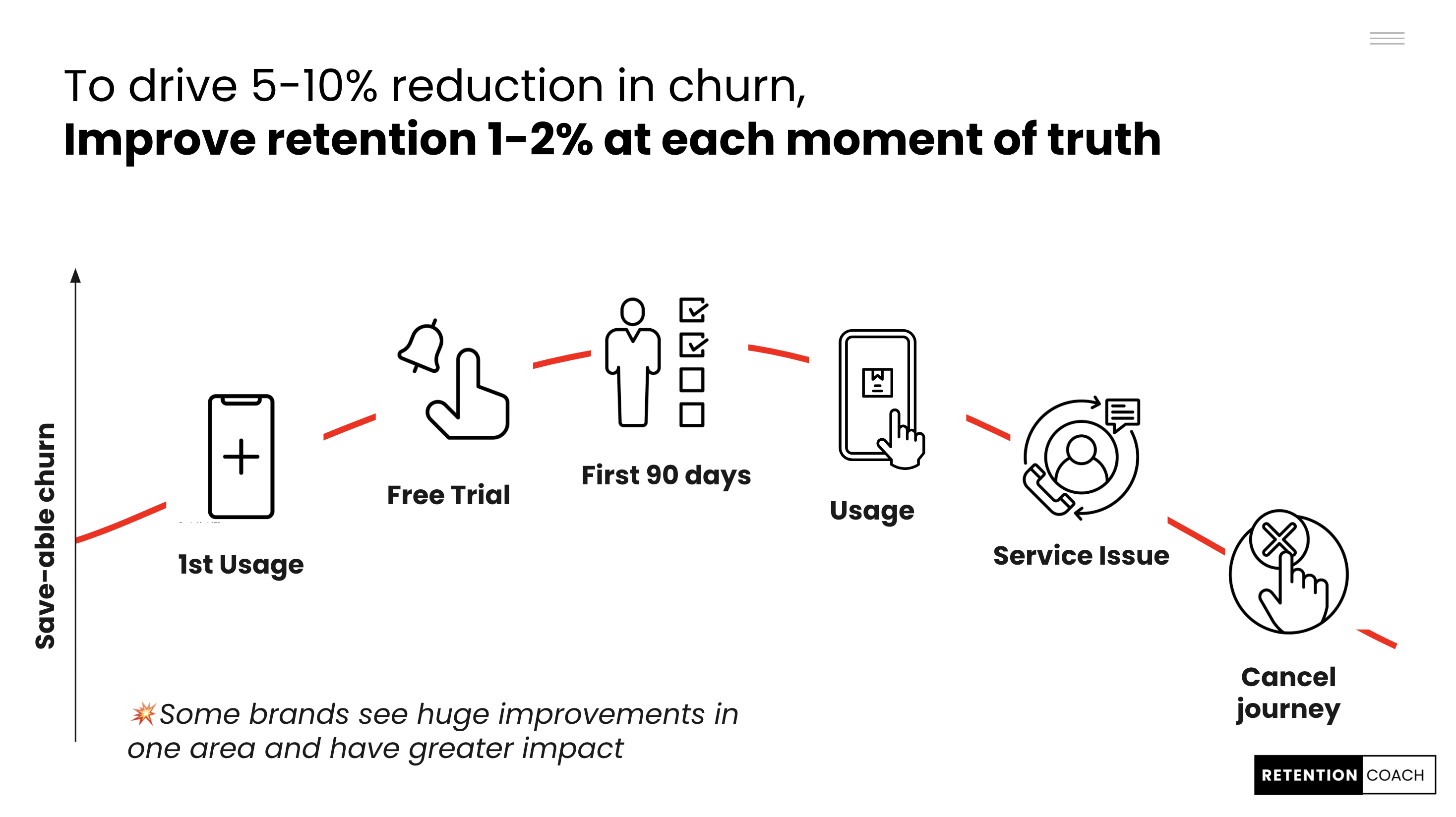
The key is to understand your subscription business’s most important moments of truth. You can do this using analytics and data science to understand what happened immediately before a churn event or to identify which types of interactions, experiences, or behaviors have led to improved retention. You can also understand these moments through experiential NPS tracking or qualitative research.
The Path Forwards
Once you have identified the right moments, you must obsess about them to drive the most optimum retention and, therefore, P&L outcomes. This means extensive experimentation and a program of always-on optimisation, ideally at a sub-cohort level. As you do this, you will see ARR (Annual Recurring Revenue) grow.
Case Study – Amazon Prime
One of the best examples of a brand prioritizing its their most important moment comes from Amazon Prime. In 2005, when Jeff Bezos launched Amazon Prime, there was a lot of concern at Amazon that this would be a margin reducer and indeed, when it first launched it absolutely was. Jeff even acknowledged this at the launch: “We expect Amazon Prime will be expensive for Amazon in the short term. In the long term, we hope to earn even more of your business..”
Almost 20 years later Amazon Prime customers are worth 5X more than the rest and the company has grown 30X since the Prime launch ($30m v $900m), all as a result of protecting the highest value customers and prioritizing the moment that mattered most to them, the delivery window.
Some case studies:
Like many data-heavy brands, The Financial Times runs a digest of each subscriber’s consumption, e.g., articles viewed, number of stories per month, favourite topics, etc. However, rather than being an annual all-subscriber communication sent at a specific time of year (like Spotify), it is tailored to each subscriber’s contract end date, and where usage is heavy, it is linked to an upsell.
Netflix approached one moment of truth very differently from most subscription brands. Netflix used to offer free trials and near the end of the free trial period, they provided a clear reminder that customers would be charged after they ended the free trial period (many brands simply avoid communication and let the customer roll onto a paid plan). This transparency helped to avoid bill shock, reduce complaints, improve brand perception, facilitate referrals, and, in fact, reduce churn from cohorts who would have been annoyed had Netflix not told them about the expiry of the trial. This is an excellent example of examing customer data and behaviour at a moment of truth and responding accordingly, despite being against common wisdom.
The Starbucks loyalty program is a brilliant tool for understanding customer behaviour and optimising moments of truth and is leveraged by more than 40million people in the US. By linking purchase history, payment history, and basic demographic information, Starbucks can create highly personalised experiences that drive retention (2). For instance, when you visit a Starbucks in a new city and leverage your loyalty program details, the order screen will display your favourite drink, recommend your favourite treat, the barista will call you by your name and you will earn rewards for your transaction, which you can use in any other Starbucks in the country. This is another great example of leveraging customer data to optimise a key moment of truth.
For more from Tom, and to transform your retention impact in just 5 minutes per week, subscribe to ‘The Retention Blueprint’ Newsletter.

